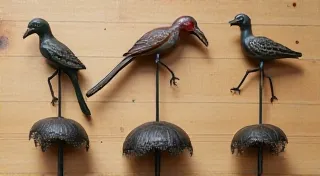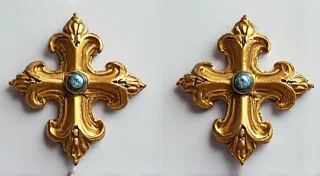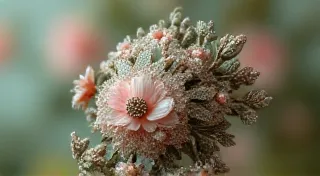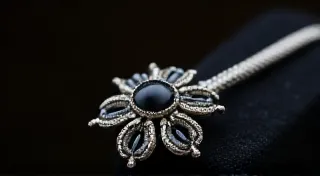Rare and Unusual Antique Hat Pins: Discovering Hidden Gems
The world of antique hat pins is vast and varied, filled with countless examples of artistry, craftsmanship, and historical significance. While many hat pins are beautiful and charming, some stand out as particularly rare and unusual – true hidden gems for collectors and enthusiasts of vintage fashion. This article explores a few examples of these extraordinary pieces, delving into their unique features and the stories they tell.
Beyond the Basics: What Makes a Hat Pin Rare?
Defining "rare" is subjective, but several factors contribute to a hat pin’s value and desirability. These include:
- Material Scarcity: Hat pins crafted from precious metals like gold or platinum, or incorporating rare gemstones, are naturally more valuable.
- Unusual Design: Pins that deviate from common motifs – animals, flowers, and geometric patterns – and feature unique artistic styles are highly sought after.
- Historical Significance: Pins connected to specific historical events, people, or industries command a premium.
- Maker’s Marks: Pins from renowned jewelers or silversmiths are more desirable. Lack of markings can also add to mystique.
- Condition: Excellent condition always increases value.
Collecting Antique Hat Pins: A Rewarding Pursuit
The allure of antique hat pins lies not only in their aesthetic appeal but also in the fascinating stories they tell about a bygone era. Before diving into some exceptional examples, it’s worth considering the broader world of collecting. Building a valuable collection requires dedication and research, and understanding the historical context of these accessories is crucial. Those new to the hobby might find our article, Collecting Antique Hat Pins: Building a Valuable Collection, a great place to start, providing foundational knowledge and guidance for building your own collection.
Spotlighting Exceptional Examples
Let's examine some examples of rare and unusual antique hat pins that showcase the diversity and artistry within this fascinating collecting area.
The Art Nouveau Dragonfly Pin
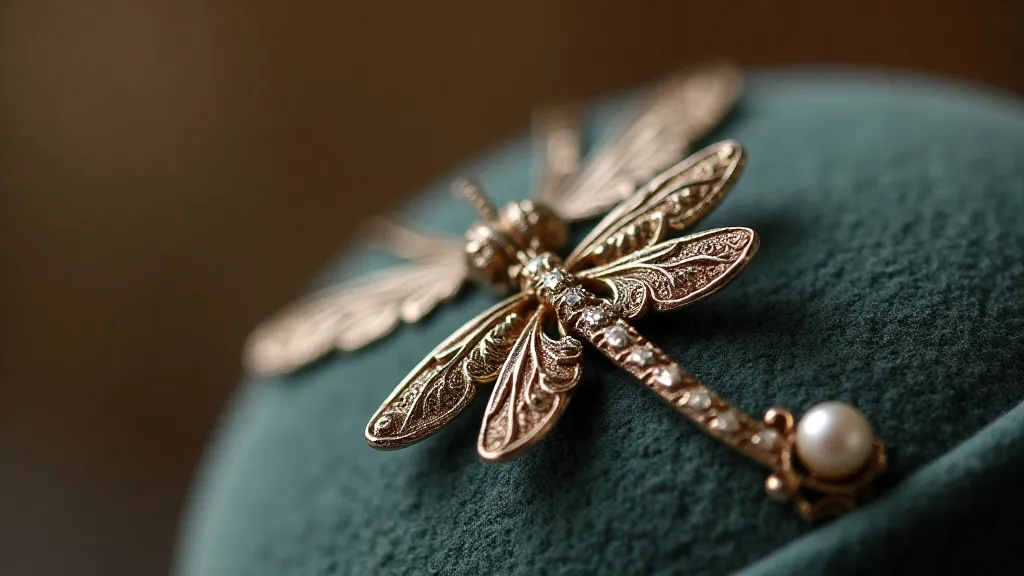
Art Nouveau hat pins are already considered beautiful, but certain dragonfly designs, particularly those made by respected European houses, are exceptionally rare. These pins frequently boast elaborate, hand-applied enamel work and painstakingly detailed wings. The symbolism of the dragonfly – representing transformation and grace – resonated deeply with the Art Nouveau aesthetic. The creation of these pieces often involved highly specialized skills and techniques, reflecting the artistic movements of the time. Finding a pristine example of this type is a collector's dream.
The Mourning Pin with Portrait
During the Victorian era, mourning jewelry and accessories were common, reflecting the deep sense of grief and remembrance. Some hat pins incorporated miniature portraits of deceased loved ones, rendered in exquisite detail. These pins are poignant reminders of a lost era and provide a deeply personal connection to the past. The rarity stems from the level of artistry required and the delicate nature of the materials used. The Victorian period was characterized by strict social customs, and the role of accessories like hat pins extended far beyond mere adornment; they were carefully selected to communicate status and sentiment. To understand this rich tapestry of social nuance, read about The Role of Hat Pins in Victorian Social Customs.
The Political Campaign Pin
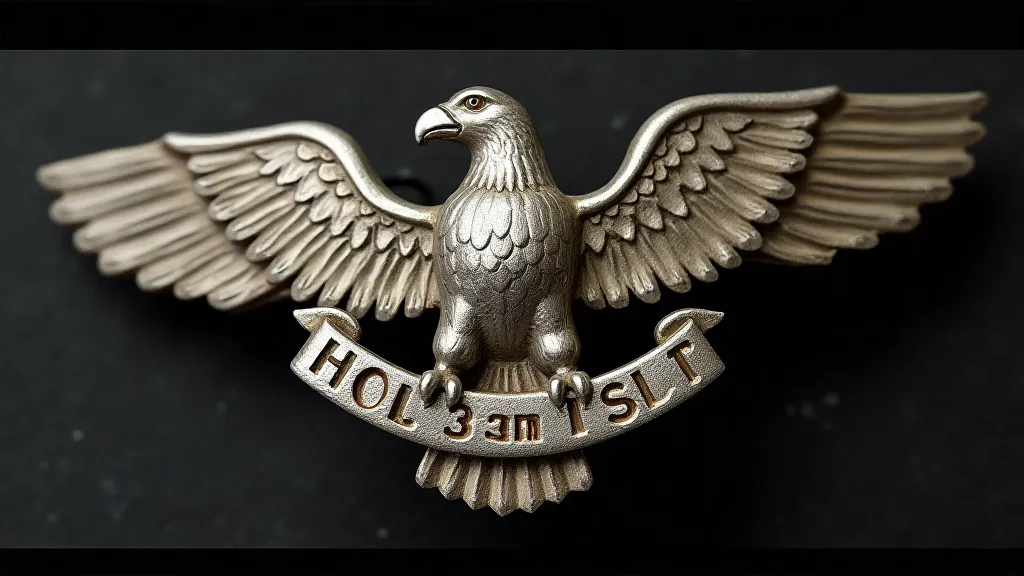
While many political campaign items have survived, hat pins are less common. These pins, typically produced during pivotal moments in history, offer a unique window into the political climate of the time. Specific campaigns or candidates can make these pins especially valuable. The production of these pins would often be tied to the prevailing artistic styles, making them reflective of the broader cultural landscape.
The Exotic Bird Pin with Enamel
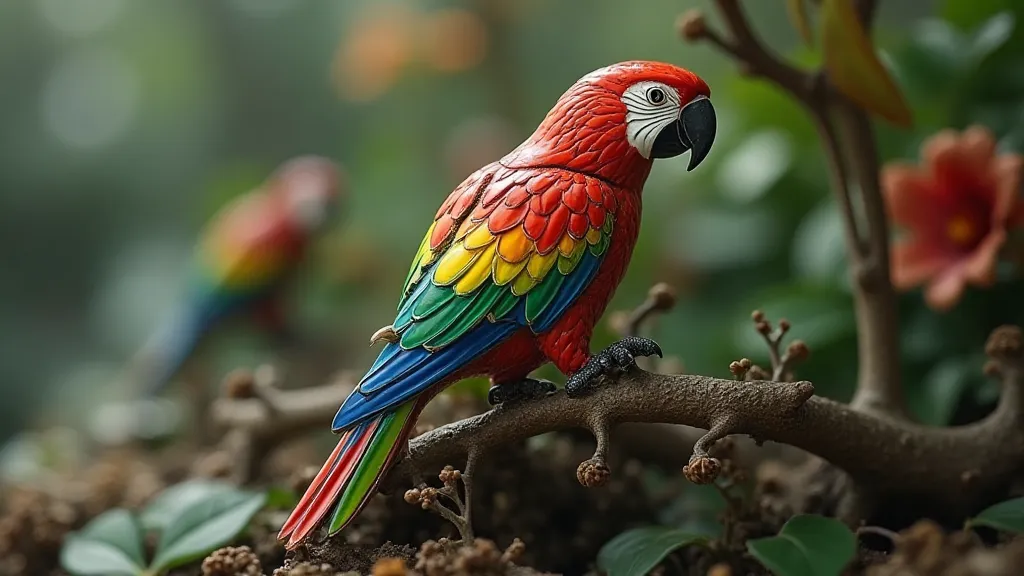
Pins featuring exotic birds, especially those adorned with meticulous enamel work showcasing vibrant colors and intricate details, are relatively uncommon. The skill required to produce these delicate pieces combined with the niche appeal elevates their rarity. The artistry involved in enamel work is particularly demanding, requiring a deep understanding of materials and firing techniques. Finding a pin showcasing not just a bird, but demonstrating this level of artistry and detail, is a true find for any collector.
Protecting Your Investment: Caring for Antique Hat Pins
Acquiring rare antique hat pins is an investment – both financially and emotionally. Proper care and preservation are essential to maintain their value and beauty. Exposure to light, humidity, and improper handling can damage delicate materials and diminish their appeal. Regular cleaning with gentle methods and careful storage are vital. For comprehensive advice on extending the lifespan of your collection, explore our guide on Caring for Your Antique Hat Pin Collection: Preservation Tips. This resource delves into specific cleaning techniques, storage solutions, and preventative measures to ensure your collection remains a source of pride for years to come.
Beyond Authenticity: Identifying Red Flags
The popularity of antique hat pins has unfortunately led to the proliferation of reproductions. Identifying genuine antique pins from modern imitations requires a keen eye and a thorough understanding of manufacturing techniques and materials. Common red flags include overly-perfect condition (genuine antiques often bear minor signs of age), the use of modern materials, and the absence of hallmarks. Further investigation, often involving microscopic examination, may be necessary to confirm authenticity. It's important to note that even experts can be fooled by sophisticated fakes. Becoming familiar with the subtle differences between genuine antiques and reproductions is a critical skill for any serious collector. This involves understanding the typical construction methods of the period and familiarizing yourself with the signs of wear and tear that are characteristic of genuine antiques. Our article on How to Spot a Fake Antique Hat Pin offers invaluable guidance on distinguishing the genuine from the fraudulent, empowering you to make informed purchasing decisions.
Collecting Rare Hat Pins: Tips & Considerations
- Research is Key: Learn about different makers, periods, and styles.
- Examine Closely: Pay attention to materials, construction, and any markings.
- Beware of Reproductions: Familiarize yourself with the characteristics of genuine antique pins.
- Connect with Experts: Join online forums or attend antique shows to learn from experienced collectors.
The pursuit of rare and unusual antique hat pins is a rewarding journey for any collector. By appreciating the artistry, history, and unique stories behind these extraordinary pieces, you can unlock a deeper understanding of a fascinating chapter in fashion history. More than just beautiful objects, these pins offer a tangible link to the past, allowing us to glimpse into the lives, customs, and artistry of a bygone era. They are a testament to the enduring power of craftsmanship and the importance of preserving our cultural heritage.
